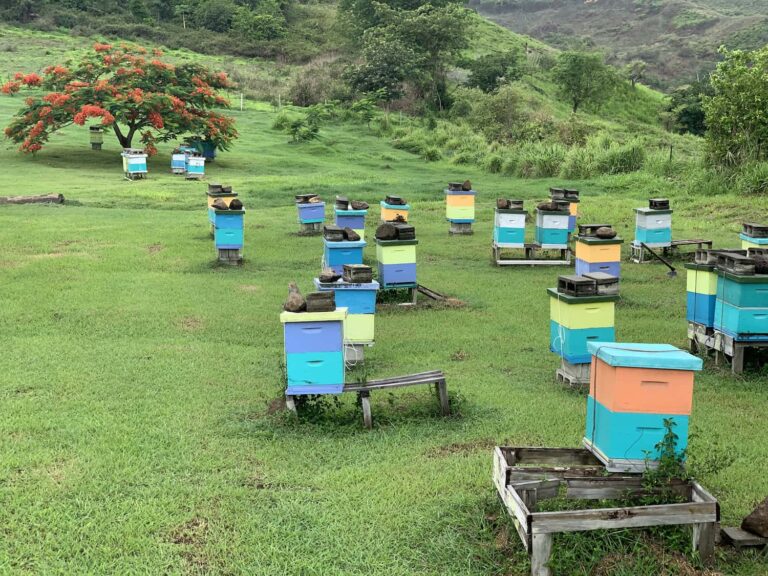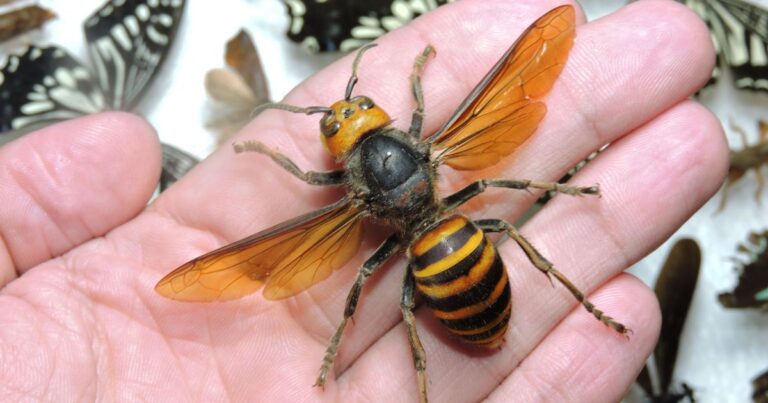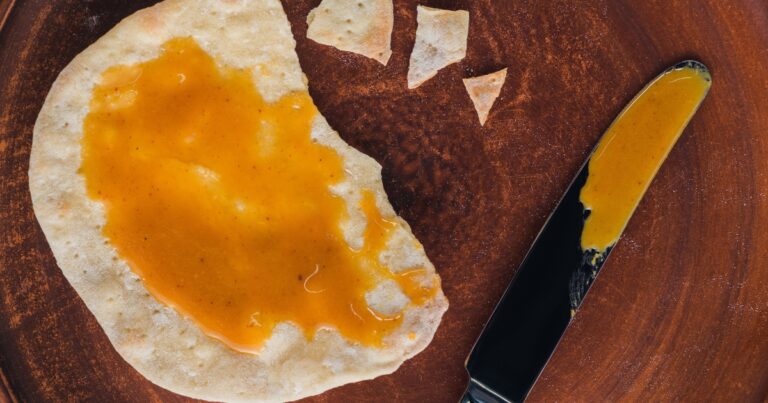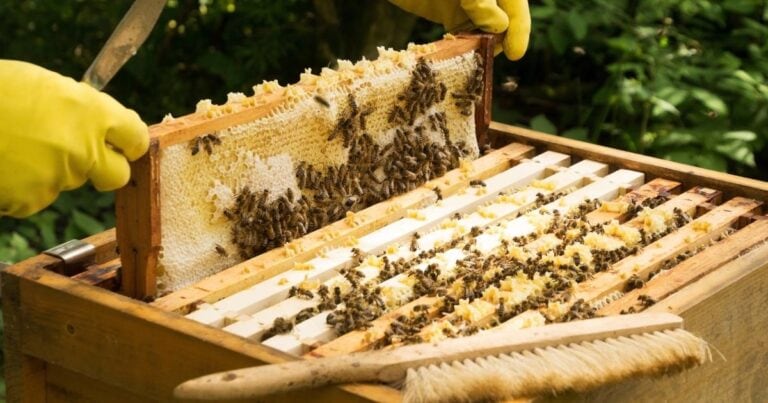Manuka Honey – What’s All The Fuss About?
Manuka honey is automatically associated with medicinal qualities and a hefty price tag, and is also often assumed to be solely a product of New Zealand.
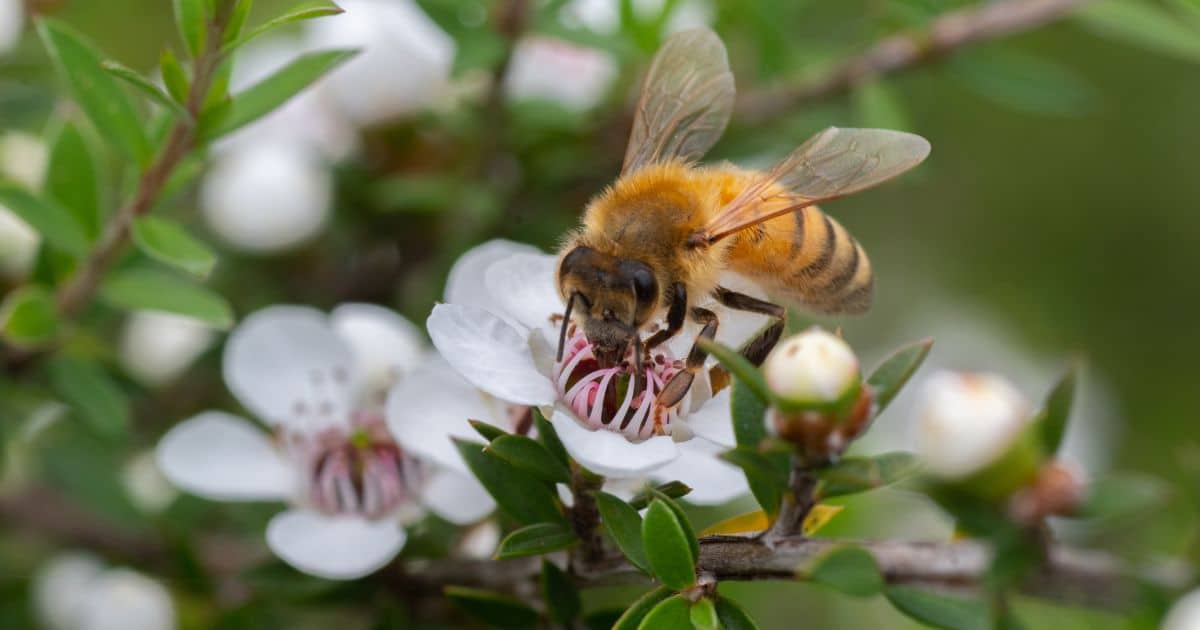
Manuka honey is not strictly from New Zealand alone, but it’s benefited from strong marketing campaigns by the honey council in the ‘land of the long white cloud’.
Manuka is a shrub or small tree belonging to the genus Leptospermum, of which there are more than 80 species in Australia but only one in New Zealand: L. scoparium.
Also known as New Zealand tea tree (or Manuka Myrtle), L. scoparium is endemic to both New Zealand and Australia and probably originated in the latter.
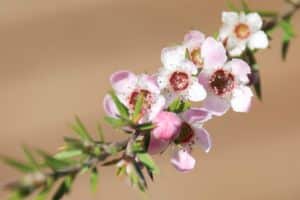
Interestingly, all Leptospermum species are considered to be tea tree, but not all tea tree are Leptospermum! The story goes that the name was bestowed after Captain James Cook made a brew from the leaves.
Over two decades, Manuka honey has been proven to have antibacterial qualities and has become established as a medicinal food.
Some confusing terminology may be used on jars of Manuka honey, the most common of which is UMF, which stands for ‘unique Manuka factor’.
This ranges from +5, the lowest and cheapest grade, to +25, which can fetch a pretty price. Fundamentally, UMF is a measure of Manuka honey’s capacity to kill bacteria and viruses.
What is MGO in manuka honey?
In 2008, Professor Thomas Henle of the University of Dresden in Germany discovered that these unique properties are conferred by an active ingredient called dietary methylglyoxal – or MGO.
Previously, coffee and cocoa were the only food items known to contain significant amounts of dietary methylglyoxal. However, the concentrations in those foods are small compared to some Manuka honeys.
As it turns out, not all honey produced from tea tree flowers contains high levels of dietary methylglyoxal; this may range from 0mg/kg to 1000mg/kg. Anything above 100mg/kg is considered to have antibacterial properties, although the higher the concentration, the more antibacterial activity.
Manuka honey can help to treat many ailments and sores, both internally and externally. It’s been proven to kill potentially dangerous bacteria such as Helicobacter pylori, Staphylococcus aureus and Escherichia coli and can be useful in managing cuts and abrasions.
Can dogs have manuka honey?
Manuka honey has also found its way into animal research studies and is used to treat conditions ranging from wound healing to gut health. It’s considered safe for dogs in small amounts.
However, before you offer it to your beloved dog, speak to your veterinarian for dosage information and to see if manuka is appropriate for your pet’s condition.
Why is manuka honey so expensive?
In addition to being antimicrobial, antibacterial and antiviral, Manuka honey contains antioxidants that can help boost immunity and vitality.
Healthy food is not always cheap. But with so many more health benefits than standard honey and its incredible healing properties, I think it’s most definitely worth the cost.
But you don’t need to take my word for it. According to researchers who reviewed available research:
“The review of selected published work provides conclusive information that the potential importance of honey for medicinal purposes cannot be underestimated. The research data has confirmed that Manuka honey’s antibacterial activity, in comparison to non-Manuka honey, is due to a higher phenolic and methylglyoxal content. Manuka honey can be safely used as an alternative natural antibiotic, which exerts a stimulating effect on macrophages to release mediators needed for tissue healing and reducing microbial infections.”
Why not try it for yourself?
Where to buy manuka honey
Discover delicious and healing manuka honey products in the Ben’s Bees shop, including our Tasmanian manuka with various MGO ratings. Based in Melbourne with Australia-wide express post shipping.

